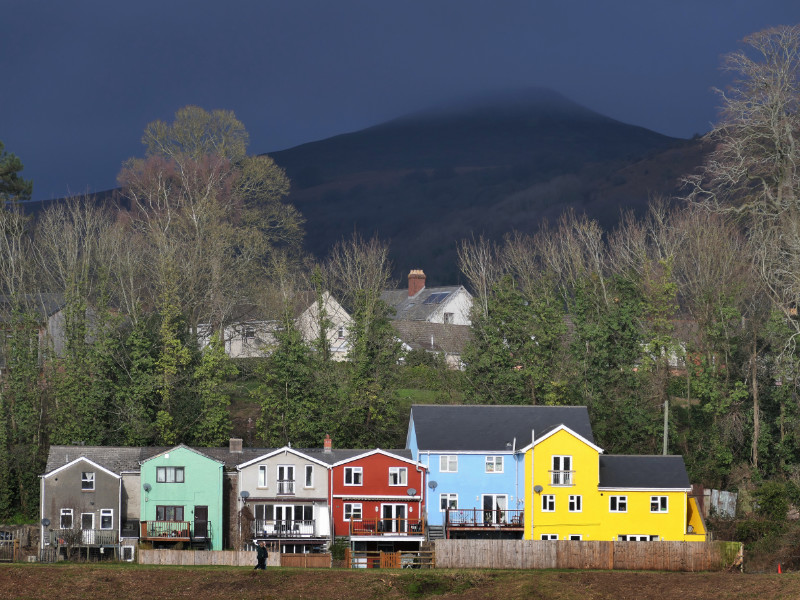I regularly take photographs where a person or people are the main subject. However, most of those are family shots, hardly any of which feature on this blog. Consequently I have few photographs featuring masked people, a prominent marker of photographs taken in the Covid years of 2020, 2021 and 2022. Recently we were in a coffee shop and, as my wife was geeting the drinks, I noticed the low sun was producing brightly lit areas and deep shadows, as well as recording the masked and unmasked customers. So, I took this photograph making my wife's burgundy leather gloves the nearground subject.
photo © T. Boughen Camera: Lumix FZ1000 2














